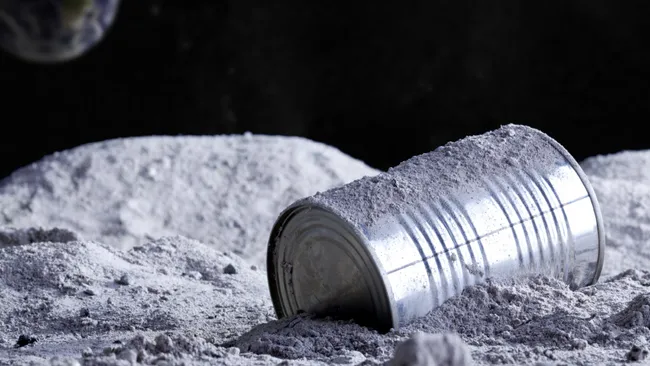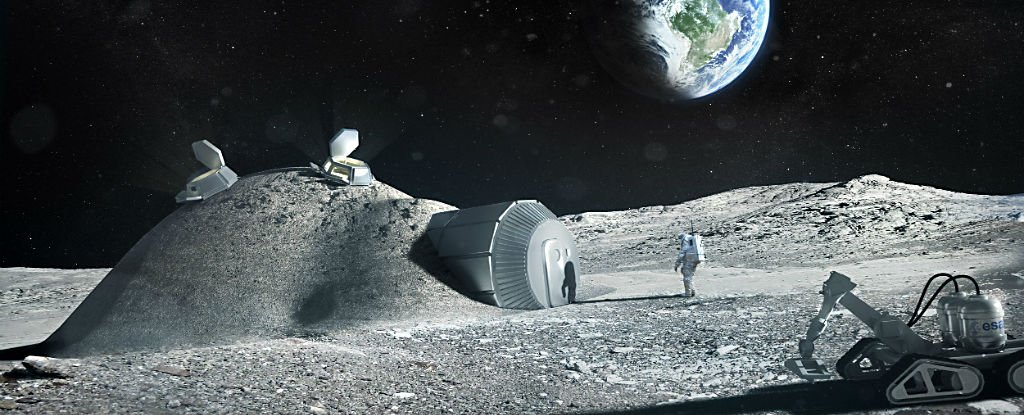With an eye on future launches of the Artemis manned spacecraft, NASA is looking for sustainable solutions for disposing of waste during long-duration lunar missions.
Part of the space agency’s Centennial Challenges program, the LunaRecycle initiative aims to encourage the development of waste recycling solutions for use on the lunar surface and/or in closed lunar habitats. The program aims to reduce the flow of solid waste during long-duration lunar missions under the Artemis program, as well as increase the sustainability of future space exploration.
“As NASA prepares for future human space missions, it is necessary to consider how various waste streams, including solid waste, can be minimized and how waste can be stored, processed and recycled in a way that results in minimal or no waste in the space environment. As close to Earth as possible,” it says in the announcement regarding the possibility of signing a contract within the framework of Phase 1 of the LunaRecycle Challenge.
With so many missions to the moon, both private and public, some scientists argue that humanity is entering a new “lunar Anthropocene,” a period in which humans begin to change the moon forever. After all, previous manned lunar missions have left landers, flags, scientific experiments, golf balls, and even human feces on the moon’s surface.
With this new program, NASA wants to reduce the impact of astronauts on the moon. However, establishing a long-term presence on the lunar surface would require moving large amounts of cargo from Earth to the moon, and would require reuse and recycling to minimize disruption of the lunar environment. In context, everyday items such as paper, cardboard, plastic, metal, textiles, and glass make up more than 50 percent of solid waste in the United States, and only 40 percent of that waste is recycled, according to the challenge statement.
NASA aims to address the recycling shortage with its new LunaRecycle initiative. “This challenge will focus on approaches to recycling materials that are very similar to difficult-to-recycle materials,” the draft rules said.
“This challenge has the potential to highlight entirely new approaches to recycling; processes that increase energy efficiency and water use efficiency; processes that reduce unusable waste and toxic emissions; and smaller-scale solutions that can be applied to communities in a more distributed way than today’s processing facilities.”
The LunaRecycle Challenge will feature two competitive phases, including a “digital twin” that requires participants to develop a virtual model of a system capable of recycling one or more solid waste streams on the lunar surface and producing one or more end products. The Prototyping portion focuses on the design and development of real equipment capable of processing one or more solid waste types on the lunar surface.
This would help meet NASA’s need for “a variety of end products that may utilize all or some of the materials created in the recycling process,” the draft rules say.
The competition will consist of two stages, with each team presenting the technical details of their proposed solutions to the jury. Stage 2 is based on the presentation of feasible approaches to solving the problem in Stage 1, according to the developed rules.
The LunaRecycle Challenge has a total funding of $3 million, with $1 million allocated to Phase 1 and $2 million allocated to Phase 2. Registration for Phase 1 will open in September, with applications open until March 31, 2025. Judging will begin in May, after which the winners will be announced along with the Phase 2 rules.














